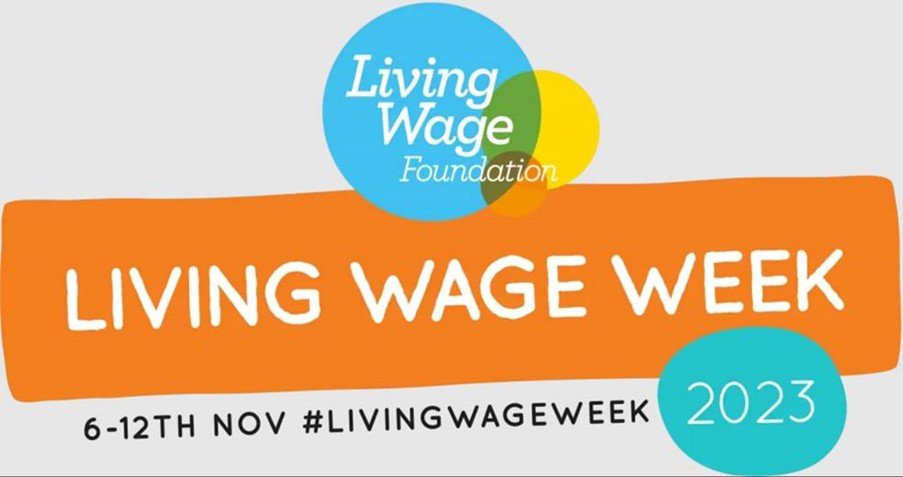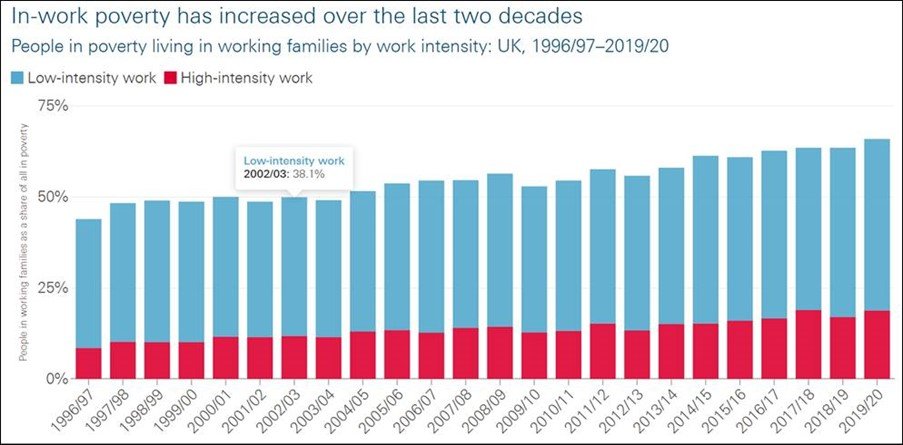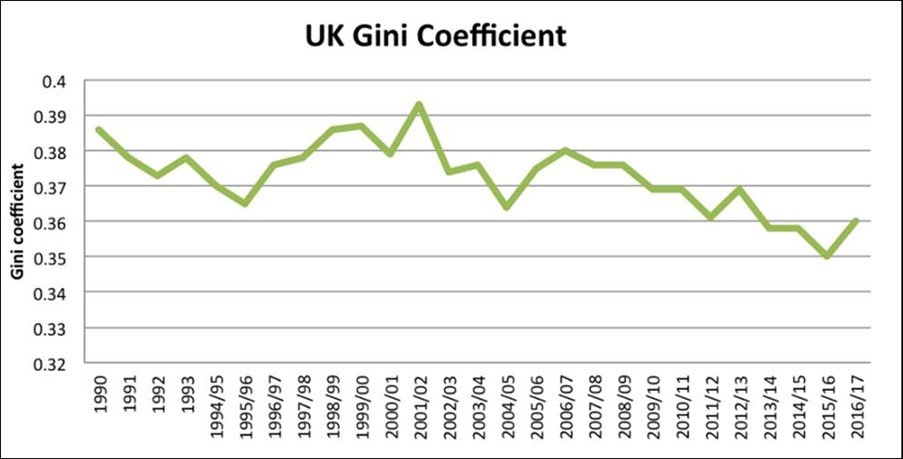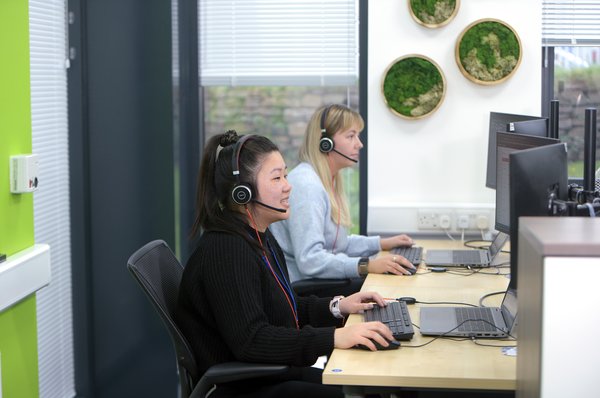This week is ‘Living Wage Week’. An annual initiative to highlight the importance of the REAL Living Wage (the capitals are for emphasis and clarity, the government somewhat cynically renamed the ‘national minimum wage’ as the ‘national living wage’ back in 2015, which makes things confusing!).

But what is the REAL Living Wage? It’s set by the Living Wage Foundation, an independent charity that campaigns for a future where ‘in work poverty’ doesn’t exist. Simply put: they aim to ensure that everyone in the UK is paid a wage that allows them to live in dignity and earn enough to cover their basic needs. They are having some success: there are now 14,000 Living Wage Foundation employers across the UK, and nearly 500,000 are estimated to have benefited as a result.
It’s an important issue in Cornwall, where average wages are about 16% lower than the average the rest of the UK. Which is why campaigners in Cornwall are calling for Cornwall to become the first ‘Living Wage’ county. I went to the launch event recently in Newquay, where I heard the issue put very succinctly by someone (it was actually a Coastline customer, Edward Chapman, who represents the Federation of Small Businesses in Cornwall). He said: If you choose to pay your employees the minimum wage, rather than the Living Wage Foundation REAL living wage, what you’re saying is “I’d pay you less if I could, but the government won’t let me”.
It might seem surprising that a campaign of this sort is necessary. Lots of people assume that if someone’s in work, that means they earn enough to live on. But the facts about how many working people are in poverty are quite stark. The chart below shows what percentage of people in poverty are in a working family. It’s risen from about 45% in 1997 to about 66%. That means that two out of three (about 66%) of people in poverty are working at least part time. And one in every five (about 20%) of people in poverty is working full time (in Cornwall it’s double that).

It's part of a larger picture of inequality in the UK, which has been getting worse, not better. Economists measure inequality using something called the ‘Gini coefficient’. If the Gini coefficient was one, you would be living in a perfectly equal society. The chart below shows how the UK’s Gini coefficient has been trending downwards for decades, from about 0.39 to 0.36.

And you can see this inequality all around you. Obviously in the housing crisis, where there is an increasing divide between those that own their own home, and those that don’t. But how about eggs (yes, eggs).
Back in 1988 there wasn’t much difference between the price of the cheapest eggs and the poshest eggs. The cheapest dozen (shown in red in the graphs below) would have cost around 78p, the most expensive (shown in green) would have cost around £1.26.
Today? The cheapest dozen will be between £2 and £2.55, but the most expensive are nearly £6. The cost of the average eggs (shown in blue in the graphs) has stayed relatively close to the cheapest. What we’re seeing is richest pulling away from those in the middle and the bottom. Our increasingly unequal society shown clearly in something as every day as eggs.

But what can we do about it? Well, for us at Coastline it’s about what we do, but also how we do it. We build affordable housing for people who need it. That means they’ll spend less of their income on housing, so they’ll have more to spend on other things. And we’ve chosen to be a Living Wage Foundation employer (the only housing association in Cornwall that has made this choice).
That means we commit to paying the Living Wage Foundation REAL living wage. And this year we also became one of the UK’s first seven Living Pensions employers, which means we guarantee we will pay a significant amount into everyone’s pension, regardless of how much they put in.
